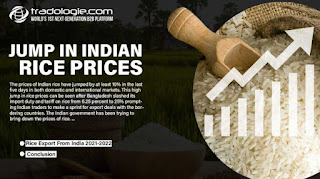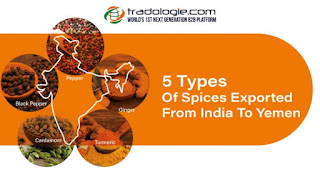Edible Oils Market Trends: 2022

Edible oils are gaining much traction in the food industry for their functional properties. These oils solve a problem that has plagued humanity since its beginning. With that said, edible oils will become more popular over the next decade, and the market size is expected to reach USD 5.76 Billion at a CAGR of 5.6% during the forecast period. Market Overview The global cooking oil market is projected to increase at a CAGR of 5.6% during the forecast period (2022-2027). This can be attributed to a number of factors, including the pandemic COVID-19, which led to complete shutdowns throughout Western Europe and the United Kingdom. As a result, restaurants, hotels, and roadside food vendors experienced reduced sales volumes for cooking oil; however, this did not affect the online channel’s sales of the product due to its essential nature. The global cooking oil market is growing at a rapid pace, with demand fueled by the demand for organic health products, as well as increased consump





